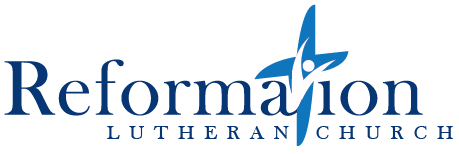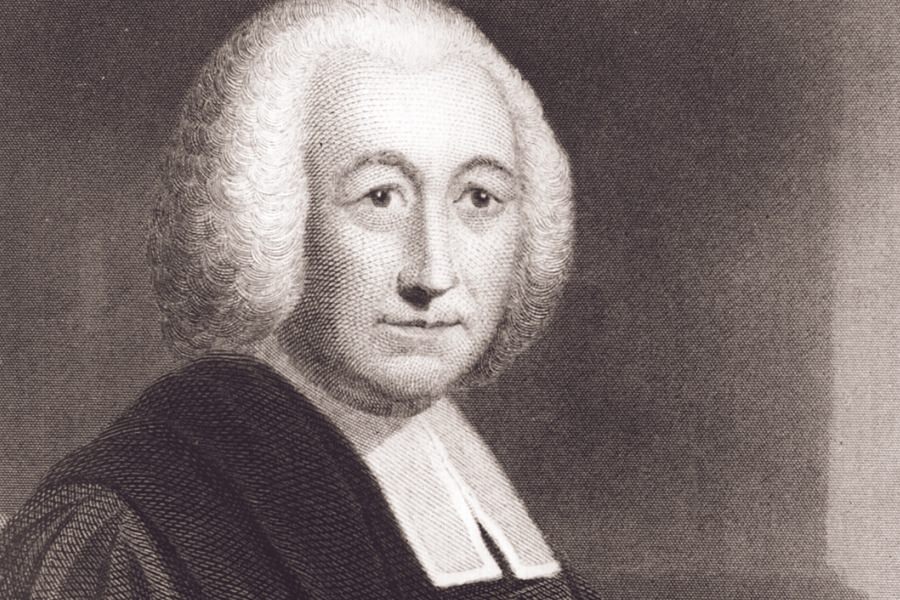Most of us know that Lutheranism had its start in Germany with Martin Luther. But when and how did it come over to North America? The story begins with the arrival of a pastor with a distinctive name, at least to our ears. On April 17, 1640, Swedish pastor Reorus Torkillus arrived in Fort Christina, near present-day Wilmington, Delaware. The Swedish government was developing a small settlement there and needed someone to attend to the spiritual needs of the Swedish immigrants.
If we wish to see a sustained presence of Lutherans, though, we must wait about a hundred years. Germans had begun arriving in America in the 1680s, with most settling in Pennsylvania and upstate New York but others heading for Louisiana and the southeastern colonies. Many were fleeing poor conditions in Germany, and though they brought their beliefs from home, there was, at first, no provision for Lutheran pastors.
But in 1741 Lutherans in Pennsylvania issued a call to a thirty-year-old pastor in Saxony, Henry Melchior Muhlenberg. He arrived in Philadelphia in 1742. Muhlenberg turned out to be an excellent choice. Not only was he untiring in his pastoral work, but he laid the foundations for what would become the Lutheran church in America. He helped more congregations to organize and call pastors. He called into existence the first North American organization of Lutherans, the Ministerium of Pennsylvania. He helped prepare a standard Lutheran liturgy and create a constitution. He even contributed deeply to a hymnal published in 1786.
Lutherans kept coming from different European lands. Swedes and Norwegians settled largely in the upper Midwest; Danes were more widespread. German immigrants were concentrated in a band across the northern part of the country, but they also established concentrations in places like Missouri and Texas. Slovaks, heirs to Luther’s predecessor Jan Hus, also arrived. Often these groups set up their own separate church systems, such as the Augustana Synod, the Norwegian Synod, and the German-based General Synod. Then there were groups that formed in opposition to teachings of the earlier groups, like the Hauge Synod and the Missouri Synod. Mergers have occurred, but so have divisions. Currently the Evangelical Lutheran Church in America is by far the largest Lutheran body in the United States, followed by the Lutheran Church–Missouri Synod and many smaller bodies.
But the story doesn’t end with the first immigrations from northern Europe. The nineteenth century brought increased missionary activity to the scene, and in time some of those who had been taught by these missionaries also came to North America, bringing their own Lutheran customs. So now our mix includes heritages such as Ethiopian, Nigerian, Liberian, Korean, Chinese, Indian, Palestinian, Brazilian, and many more. Where can your congregation trace its roots?


